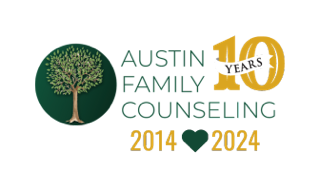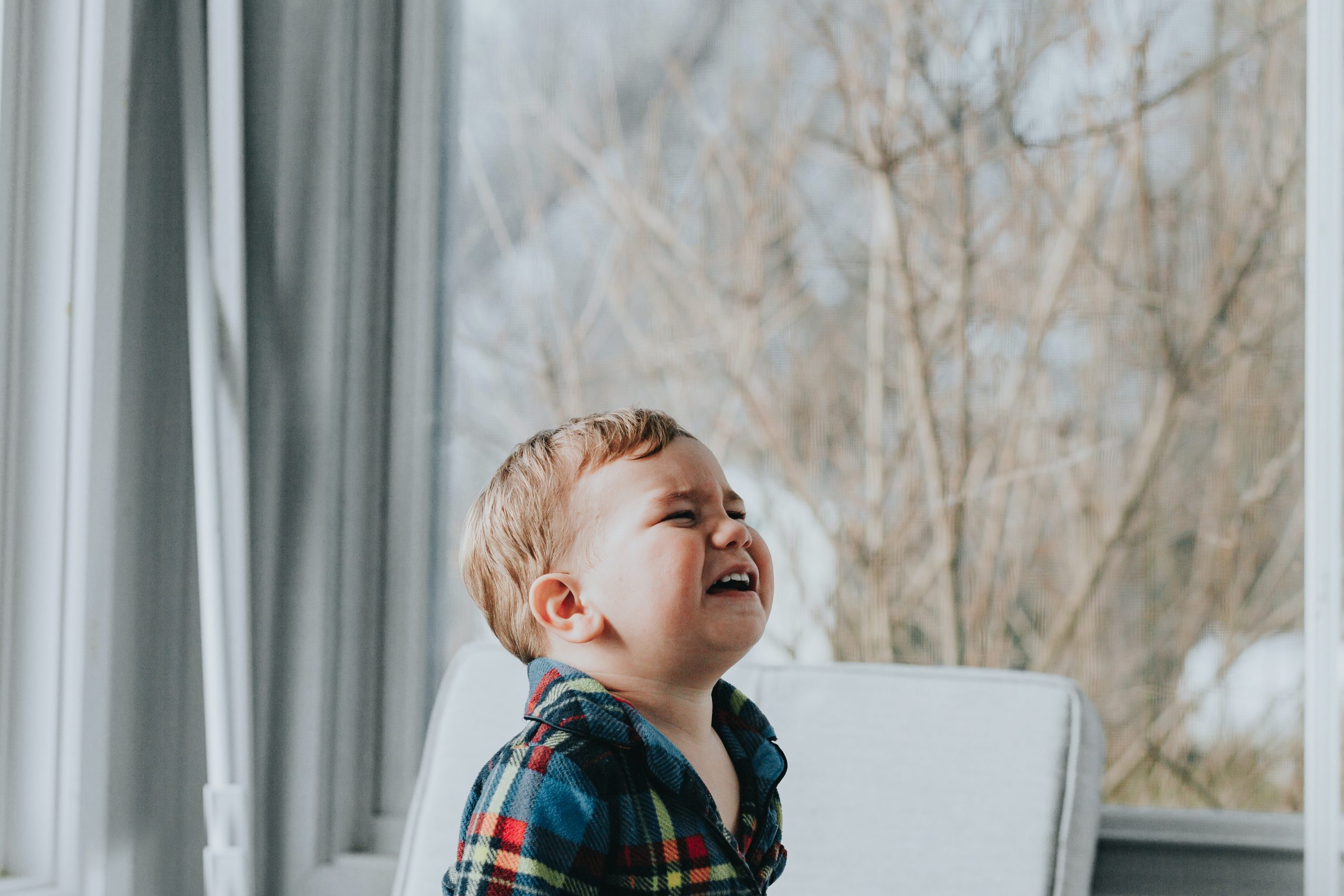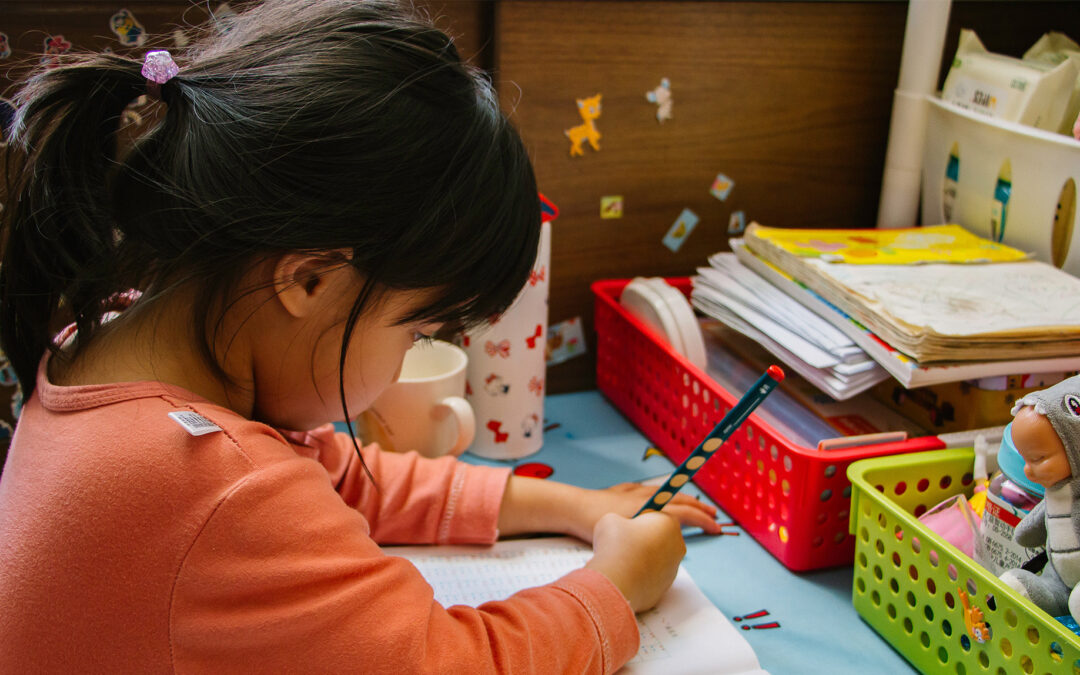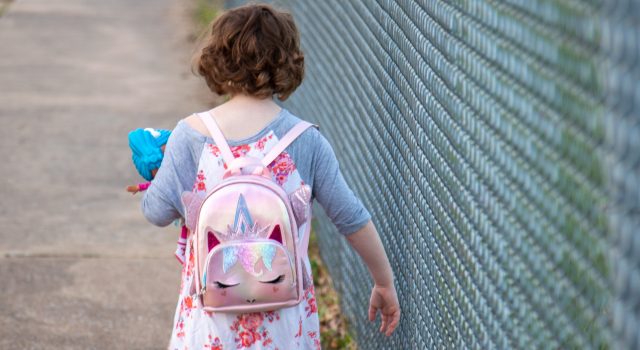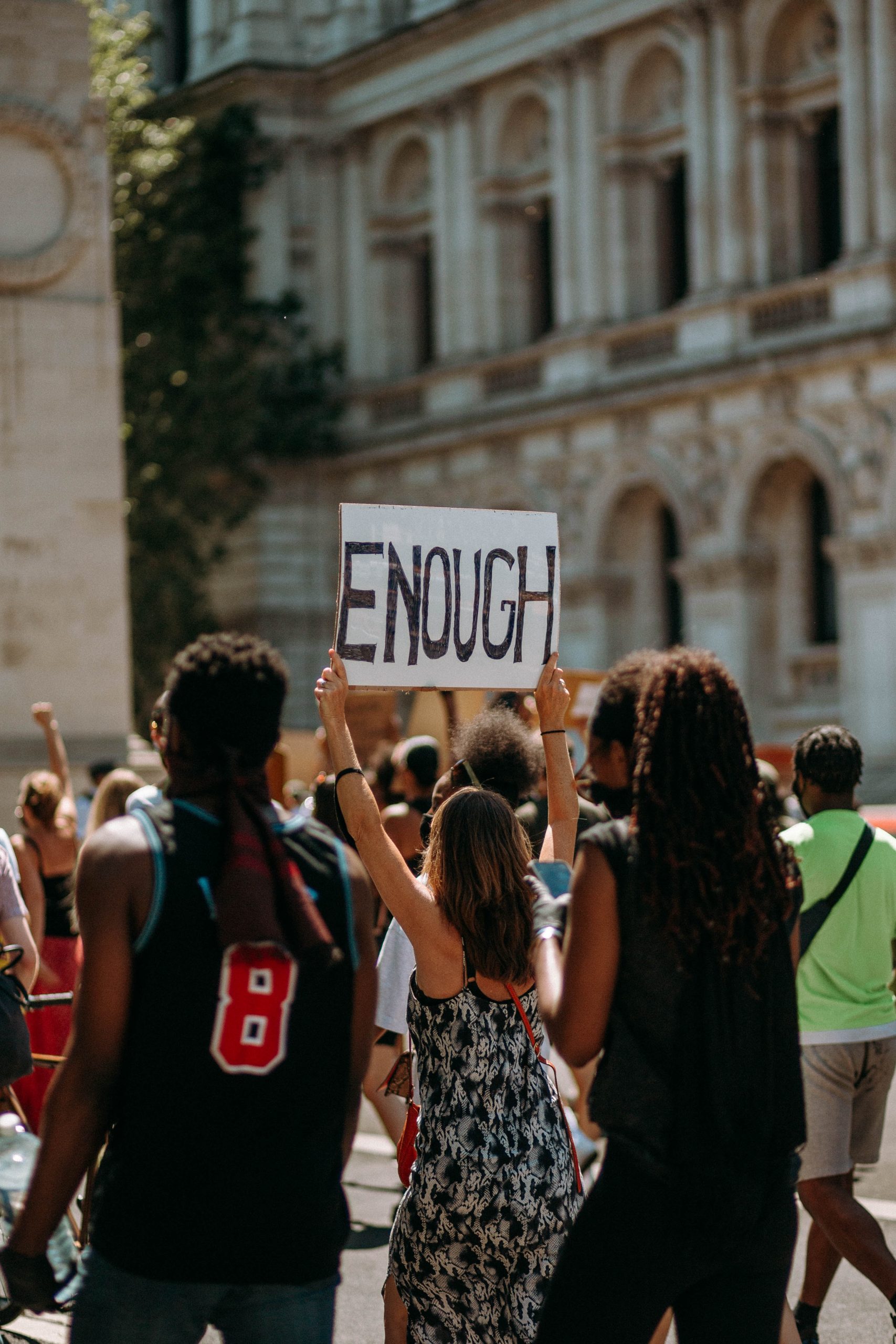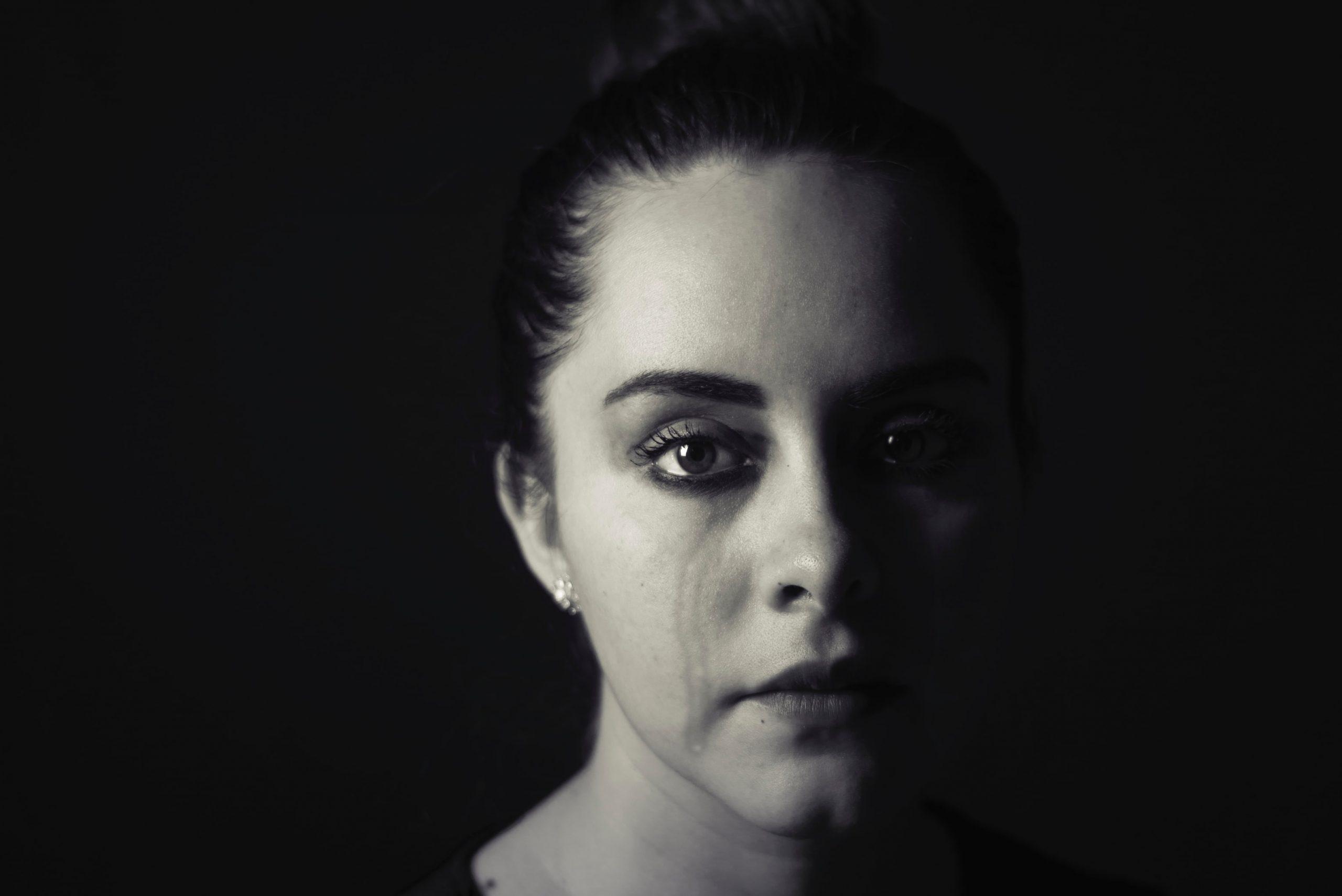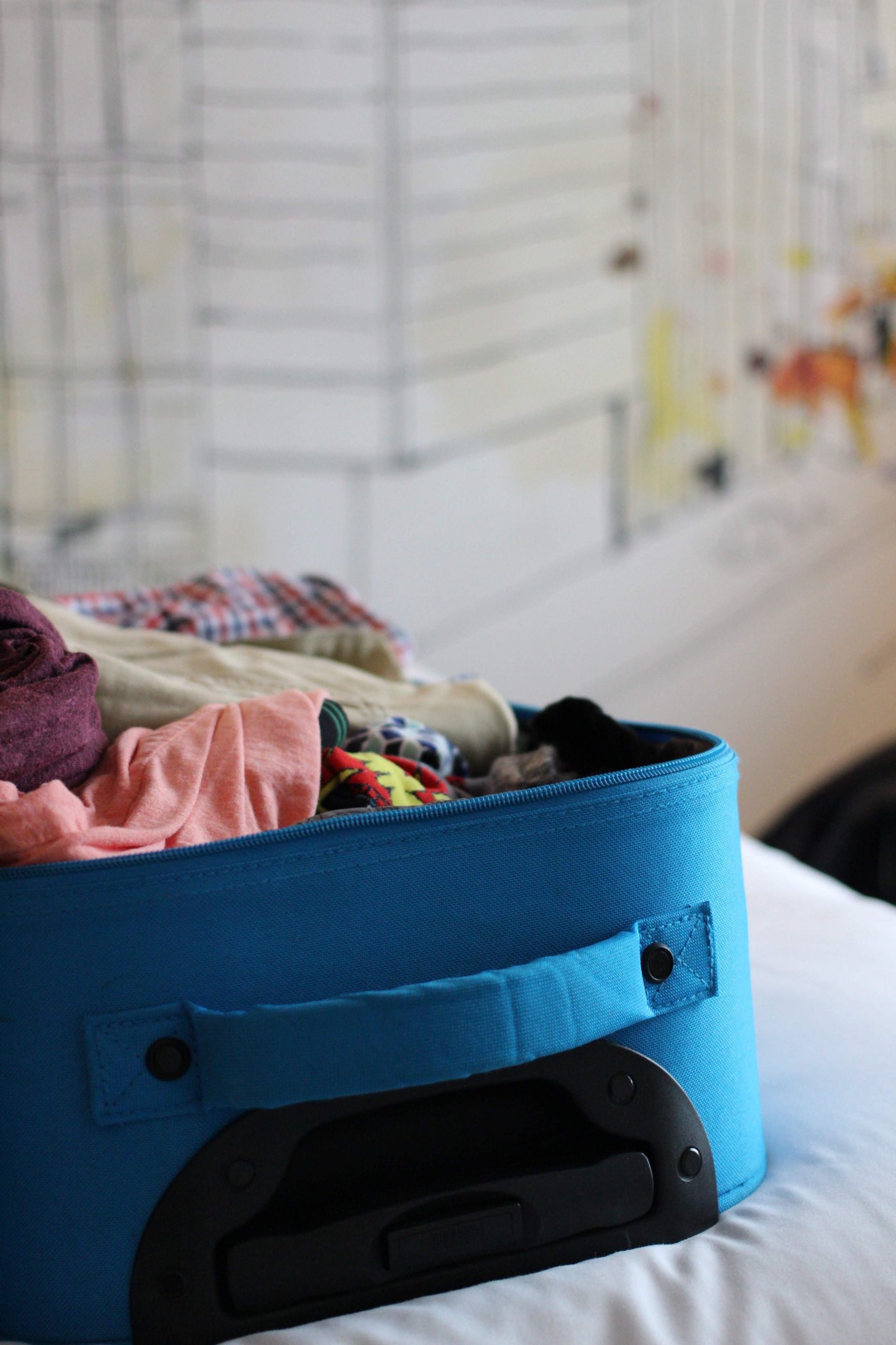Many of us have witnessed children getting taken over by intense emotions resulting in losing their temper, reacting without thinking, or blowing up. In those moments it can be really difficult to stay grounded and regulated, while also trying to calm your child down. Dr. Dan Siegel, author of Whole Brain Child, terms these instant reactions your child experiences as “flip their lid.” Once we understand how the brain affects the way we regulate emotions, then not only we can help our children stay calm but we can also keep our own lid on.
What is Flipping a Lid?
Flipping a lid has everything to do with the brain and how messages are sent to different sections of the brain about what our bodies are experiencing. When children are able to problem solve, act kindly, and be empathic, those are immediate signs that their prefrontal cortex or “rational brain” is intact. Said differently, their lid is on. When the prefrontal cortex is engaged, children feel calm, safe, and relaxed. When children are experiencing big feelings (e.g. very angry or anxious, overreact, yell) that serves as a warning sign that they are not thinking with their rational brain but instead using their “emotional or animal brain.” This is when the amygdala is activated, fight, flight, or flight response is triggered, and children flip their lids. The emotional brain keeps children safe and guards them against things that pose as a threat. During this state, their rational brain has been disconnected from their emotional brain- logic no longer influences emotions.
How to help your child keep their lid on
Hugs
Hugs can be a great way to provide relief for your child who flip their lid. Instead of flipping your own lid and matching your child’s high emotional state, hugs activate mirror neurons in your child’s brain. This can help your child sense your emotionally regulated state and influence their reactions. When your child’s brain recognizes the love and affection in your hug, its chemistry is altered and can return to a state of calm and relaxation. Their lid begins to close.
Validate and Ask Curiosity Questions
When you are noticing your child flip their lid, it can help to understand their point of view. Show your child that they have your undivided attention and provide them a space where they feel seen and heard. Ask them curiosity questions to better understand their experience, such as “Are you feeling frustrated that you have to go to bed?” or “Do you want some space from me, or would you like a hug?” By creating a sense of safety and being empathic, they can slowly tame their emotions and put their lid back on.
Apologize
There will be times when they flip their lid, and it is unavoidable. It is after these moments that sincere apologies can repair the relationship and reconnect you with your child. Let your child know that you are sorry for flipping your own lid, which may have caused hurt feelings. It is also important to ask your child how you can fix this mistake. Mending the rupture with apologies can model valuable skills to your child, such as cooling off, emotional regulation, problem solving, and reconnection.
You can find Dr. Dan Siegel’s scientific explanation of “Flipping Your Lid” here: https://www.youtube.com/watch?v=gm9CIJ74Oxw&ab_channel=FtMyersFamPsych

